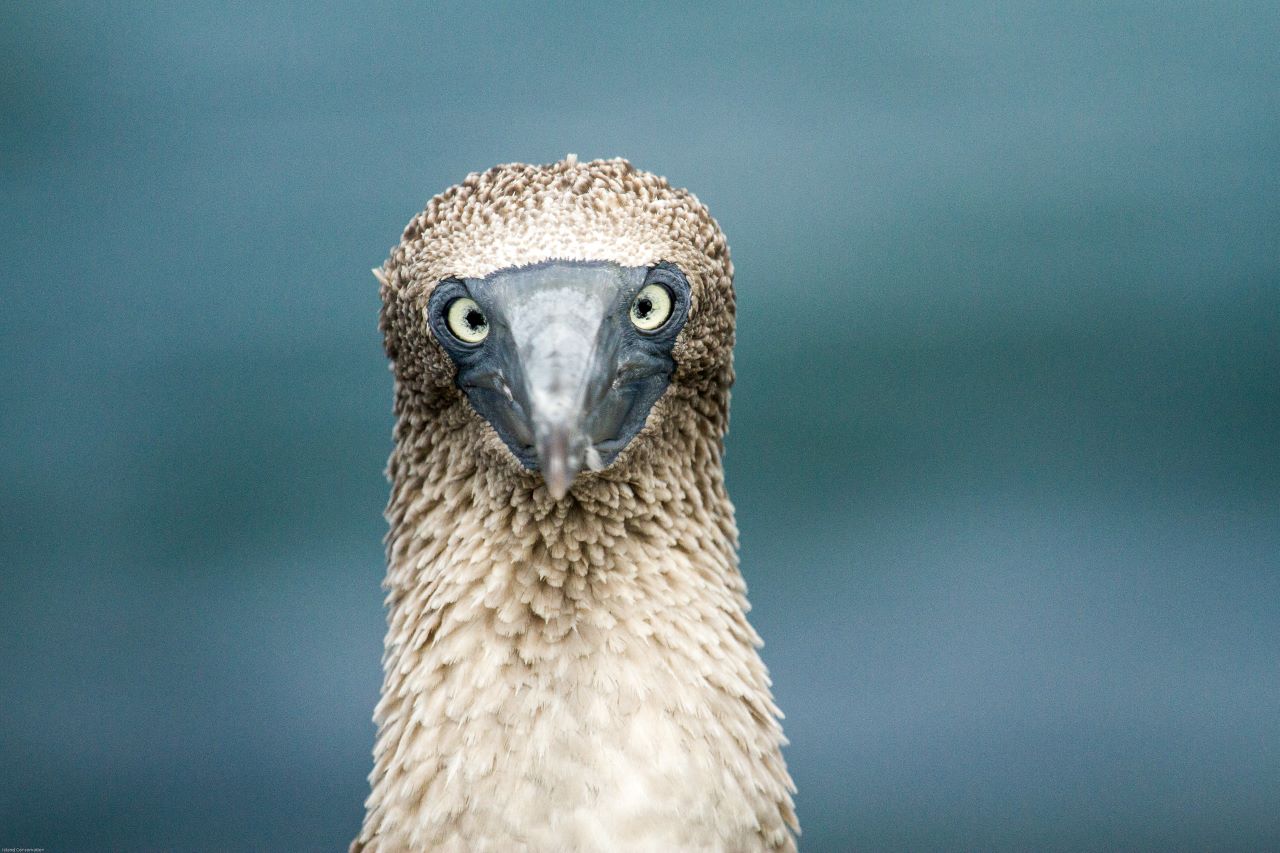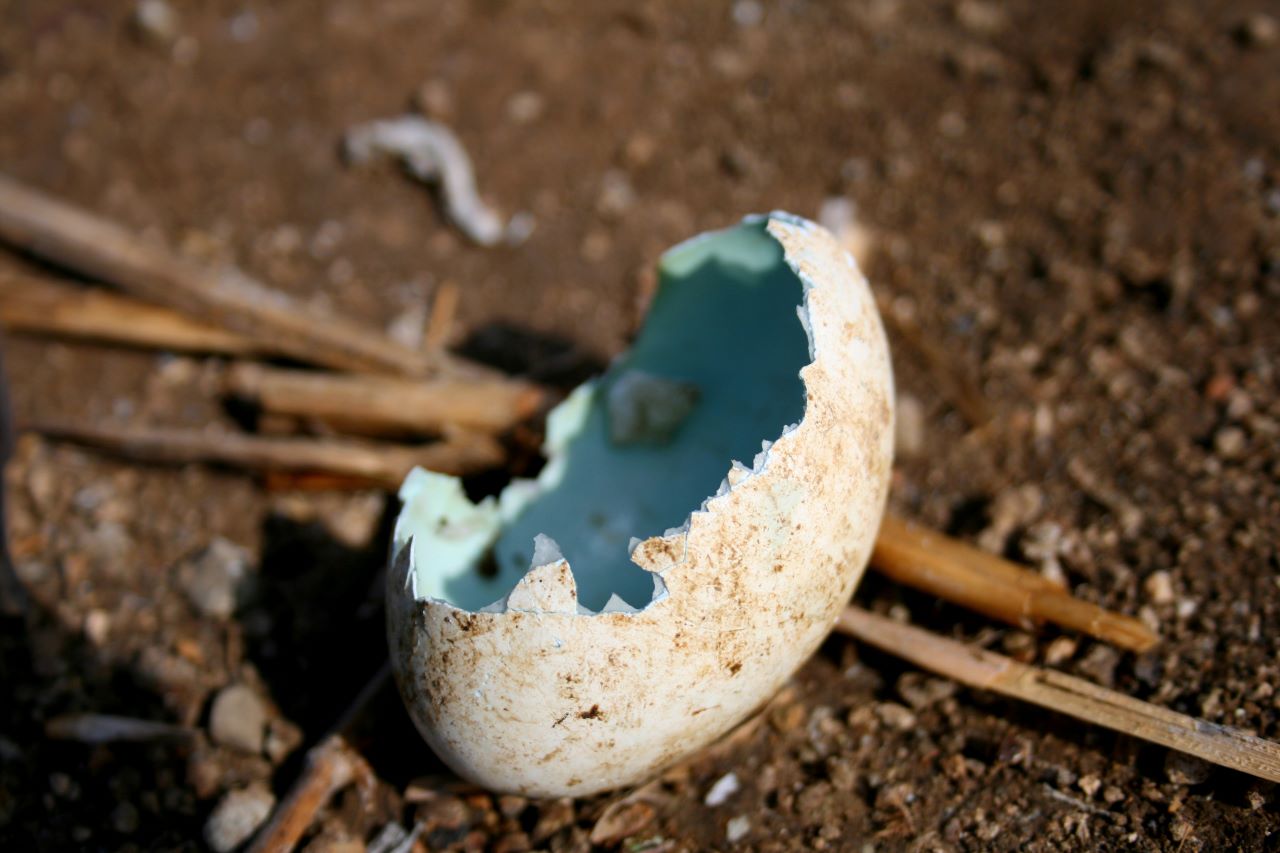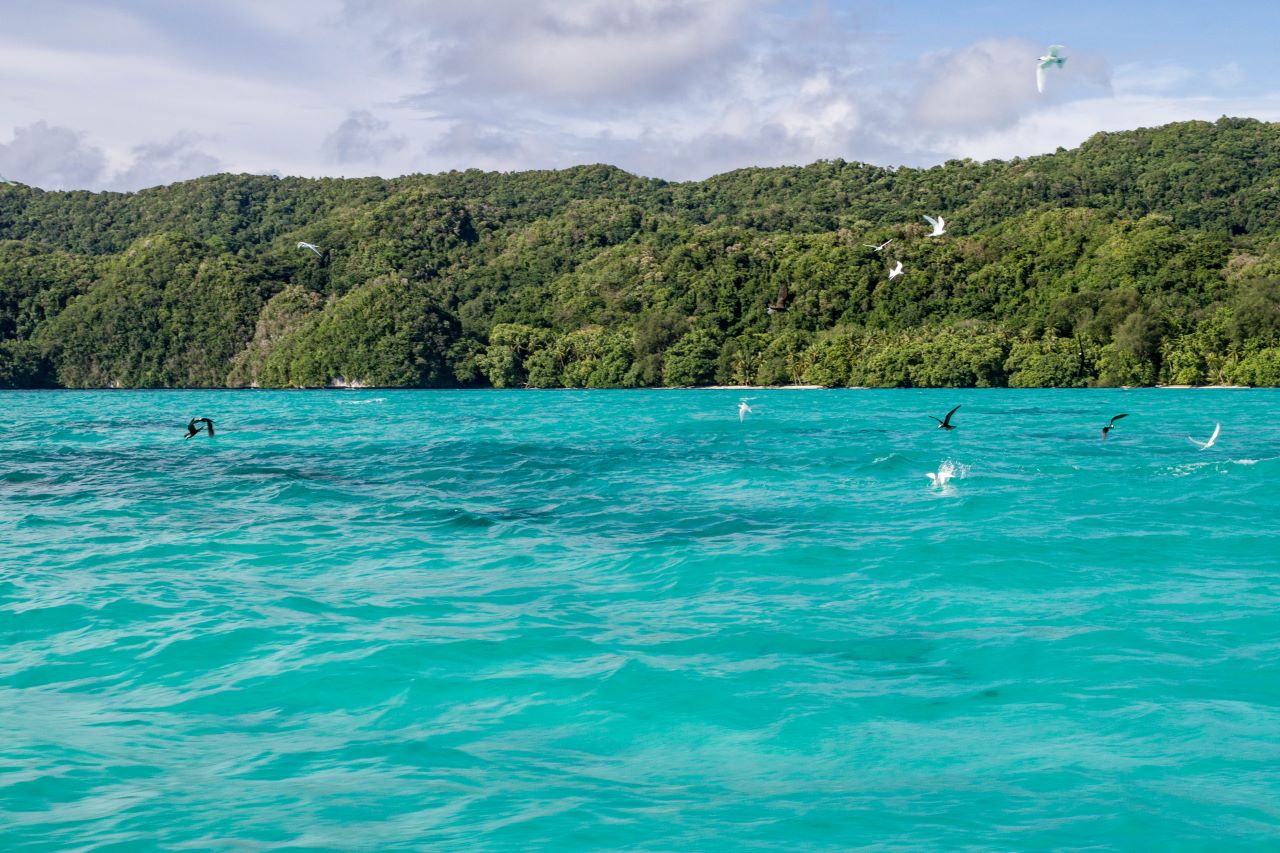May 22 marks International Day for Biological Diversity, an occasion to increase understanding and awareness of biodiversity issues and reflect on the state of biodiversity worldwide. Across regions, biodiversity is declining at an unprecedented and alarming rate, with one million species currently threatened with extinction. Invasive alien species (IAS), defined as species that are not indigenous or native to a particular ecosystem, are a key driver of this decline, affecting fragile ecosystems worldwide. According to findings published by IPBES, they have played a key role in 60% of global plant and animal extinctions.

Blue-footed booby on Floreana Island, Galapagos Archipelago, Ecuador. Photograph: Tommy Hall/Island Conservation
As an environmental lawyer and a passionate environmentalist living on the Galapagos islands and working to prevent extinctions and restore ecosystems, I have witnessed firsthand the devastating impact of these intruders on native flora and fauna. Worryingly, the pattern of invasive alien species and the harm they cause is repeated across different regions. From rodents on the Galapagos Islands devouring crops, to brown tree snakes decimating bird populations in Guam, to endangered bird species in Hawaii contracting avian malaria from the bite of invasive mosquitoes, invasive species pose a severe threat to ecosystem stability, economies and human health across the globe.

Seabird egg predation by rodents can devastate an island ecosystem. Photograph: Island Conservation
La Kunming-Montreal Global Biodiversity Framework (GBF) offers a beacon of hope in our battle against biodiversity loss with ambitious goals and targets. However, its successful implementation hinges on our ability to harness the power of research and innovation to address current conservation challenges. Despite global efforts to control invasive alien species, under a “business-as-usual” scenario, their overall number is expected to increase by 36% by 2050 compared to 2005. Current control tools such as trapping or baiting are limited by cost and scale and can have unintended effects on the ecosystem. By investing in transformative technologies and interdisciplinary collaboration, we can develop more effective strategies and tools to address the driving factors of biodiversity loss, including invasive species, and restore balance to our ecosystems.
Synthetic biology stands out as a field which holds great promise. Leveraging the principles of genetic engineering, synthetic biology could offer new tools and approaches to combat invasive species with precision and efficiency. One of the approaches that is currently being explored is the use of gene drive technologies to tackle invasive rodent populations on islands. This approach could complement existing interventions and help tackle the issue of invasive species in a more humane, cost-effective, and scalable manner.
However, with great potential comes great responsibility. As we explore new opportunities within synthetic biology, it is crucial that we proceed with the highest standards possible. Transparency, public engagement, and case-by-case risk assessment must underpin our efforts to ensure that synthetic biology approaches can be harnessed effectively and integrated safely into the conservation toolkit.

Tropical flock in Ngeanges, Palau. Photograph: Tommy Hall/Island Conservation
In addition to synthetic biology, other innovative tools and approaches are also essential for effective invasive species management. From remote sensing technologies, AI, drones, and predictive modeling to citizen science initiatives and community-based conservation efforts, a multifaceted approach is the best way to tackle this complex challenge.
As we celebrate International Day for Biological Diversity, let us recommit to preserving and restoring our planet’s rich tapestry of life. By embracing research and innovation we can turn the tide on biodiversity loss and create a more sustainable and resilient future for generations to come.
